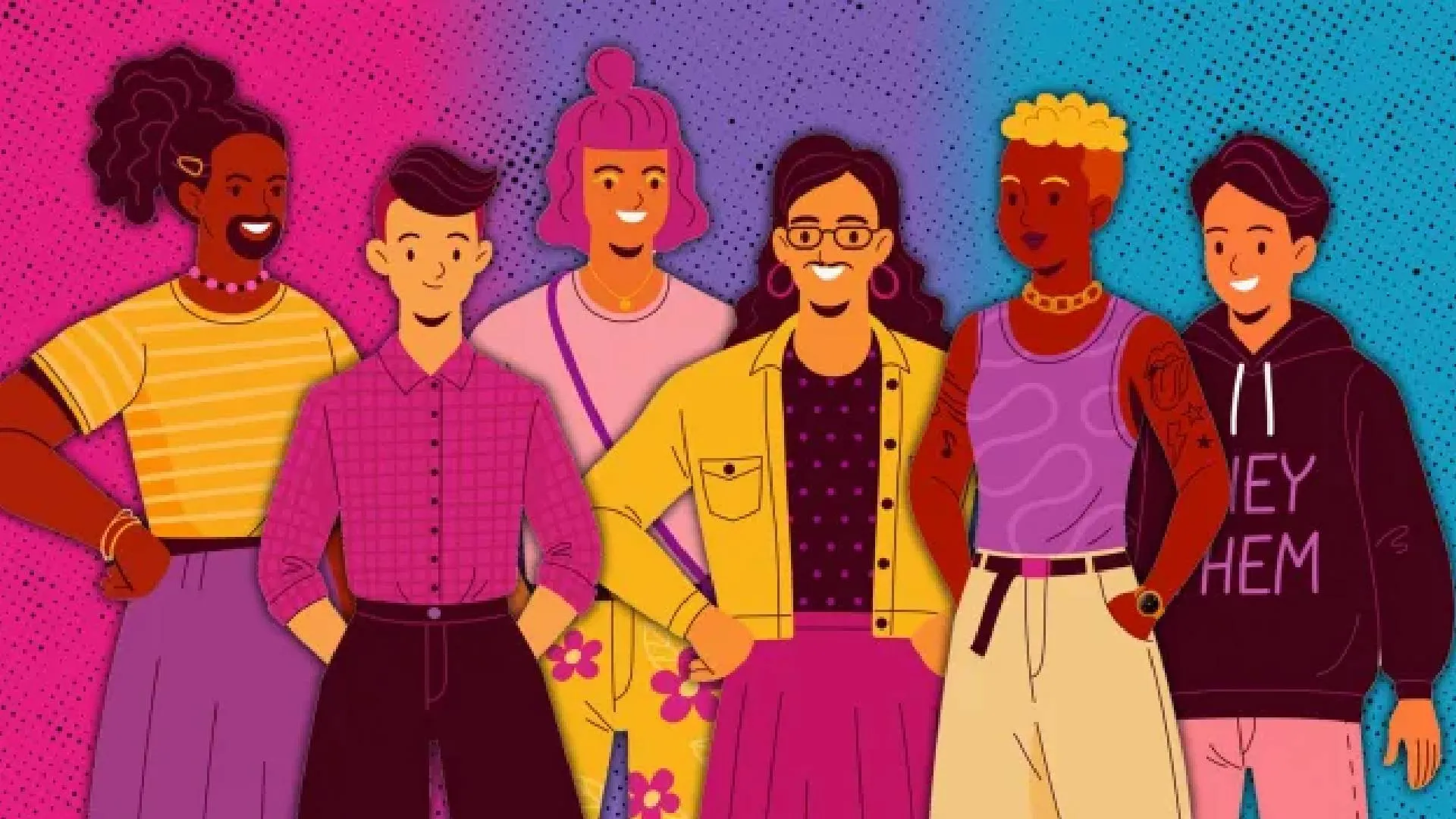The social divide, a complex web of factors that create inequities between different groups, has a profound impact on mental well-being. Limited access to mental health resources due to socioeconomic status, geographic location, cultural stigmas, and other barriers disproportionately affects marginalized communities. This article explores the connection between the social divide and mental health, and proposes strategies for bridging both divides for a more connected and well-supported society.
Understanding the Social Divide and Mental Health
The social divide manifests in various ways, including income inequality, lack of educational opportunities, and limited access to healthcare. These factors create a cascade effect, impacting mental health. Financial strain, for instance, can lead to chronic stress and anxiety. Limited education can hinder career prospects, further fueling feelings of hopelessness. Additionally, individuals in marginalized communities may face cultural stigma surrounding mental health, preventing them from seeking help.
This lack of access to mental health resources creates a vicious cycle. Untreated mental health conditions can further hinder academic and professional attainment, perpetuating the social divide.
Strategies for Bridging the Divide
Bridging the social divide and improving access to mental health requires a multi-pronged approach:
=weEquity in Mental Health Services: Increase funding for mental health programs in underserved communities. Implement sliding-scale fees or free services to ensure affordability. Train more mental health professionals from diverse backgrounds to address cultural competency.
= Community-Based Solutions: Invest in community centers and faith-based organizations that can provide mental health support and create safe spaces for open dialogue. Develop peer support programs that connect individuals facing similar challenges.
= Education and Awareness: Public education campaigns can help destigmatize mental health and encourage help-seeking behavior. Schools can incorporate mental health awareness programs into curriculum, promoting early intervention and creating a culture of support.
= Technological Solutions: Utilize teletherapy services to reach individuals in geographically remote areas. Develop culturally sensitive mental health apps and online resources to provide accessible information and mental health exercises.
Conclusion
Bridging the social divide and ensuring access to quality mental health services are crucial steps towards a more equitable and supportive society. By implementing comprehensive strategies, we can empower individuals and communities to thrive, fostering well-being and fostering deeper connections.
Additional Considerations:
= This article focuses on a broad view of the social divide. Further research can delve into specific disparities faced by marginalized communities.
= The role of policy and advocacy efforts in promoting mental health access can be explored further.
By working together, we can create a world where the social divide no longer acts as a barrier to mental wellness, and where everyone has the opportunity to connect, heal, and reach their full potential.
The author is the Clinical Psychologist at LISSUN, A Mental Health Startup























